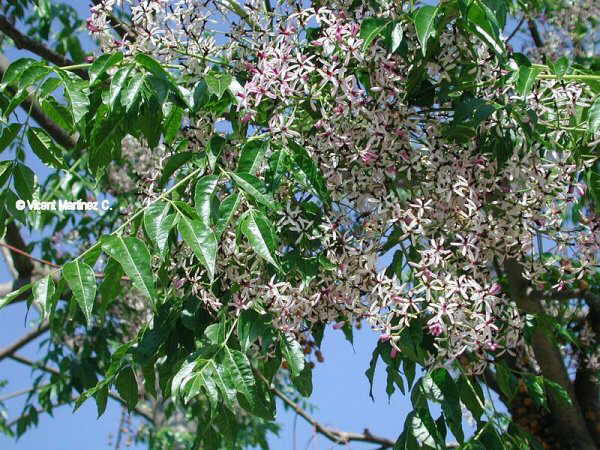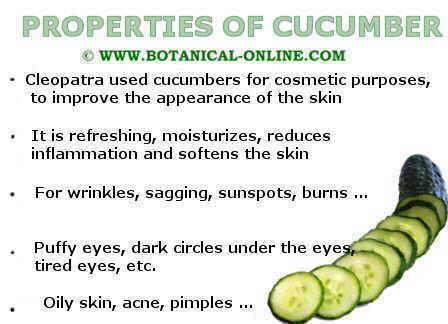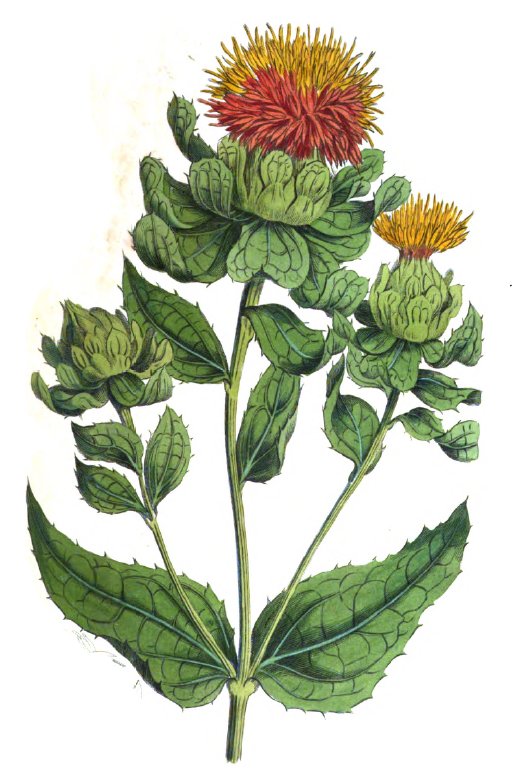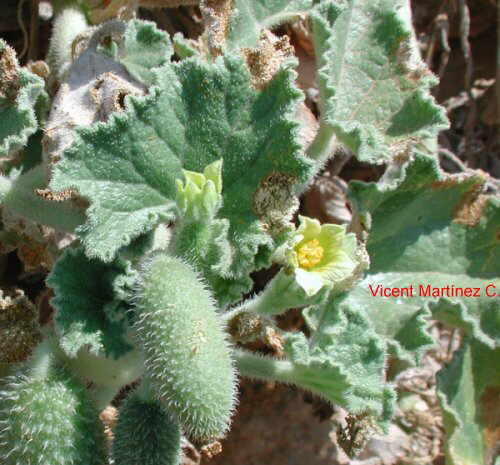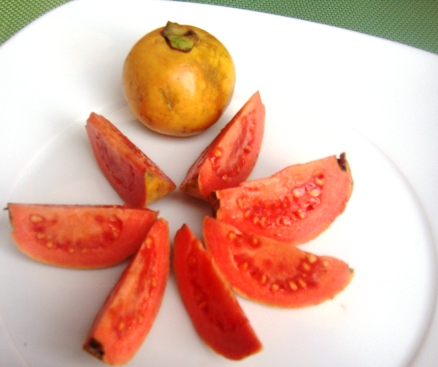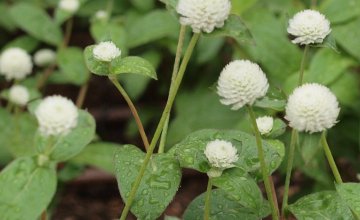Contents
Medicinal properties of cayenne pepper
The medicinal properties of cayenne pepper, and the rest of the peppers, is mainly due to its content of capsaicinoids (capsaicin, dihydrocapsaicin, and homodihydrocapsaicin homocapsaicin).
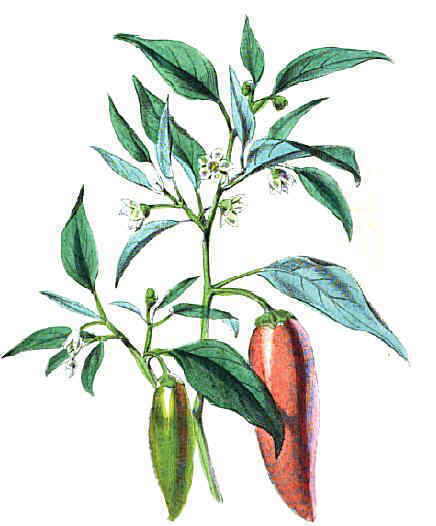 Among them, the most important is capsaicin, a water-insoluble substance, colorless, odorless.
Among them, the most important is capsaicin, a water-insoluble substance, colorless, odorless.
Small doses produce a warm feeling in the mouth and, as the dose is increased, it produces a painful sensation by stimulation of sensory neurons of the mouth or skin.
The brain takes a message of pain and reacts producing endorphins a substance very similar in structure to morphine, which can eliminate the sensation of pain.
Moreover, in addition to “fool the pain” it has been found that this component is capable of neutralizing substance P, a transmitter of pain from the periphery to the brain. Decreasing this substance, the brain does not get enough pain signals from the affected area.
Cayenne is capable of producing tears when taken, not even pure as happens when we eat Tabasco. It also produces strong sneezing when inhaled through the nose.
Benefits of Cayenne
Among the main properties of cayenne pepper we can mention the following:
– Digestive System: The digestive properties of cayenne come from its ability to increase the production of stomach acid and its ability to increase the motility of the stomach and intestines by means of increasing blood flow in this area. This is interesting in the treatment of digestive abnormalities such as:
– Indigestion: The ground powder or the whole fruit may be added to foods to digest better.
– Constipation: acids increase intestinal motility and help remedy constipation problems. We must not forget that this spice is rich in a number of laxatives components, such as calcium, magnesium and cinnamic acid.
However, given the small amount we generally ingest, it seems that, in this case, they do not influence too much on their ability to treat constipation.
– Flatulence: If we digest food better, we can avoid problems related to poor digestion such as excessive gases or flatulence. Moreover, its content in carvone and camphor also appear to influence the removal of gases.
– Stomach ulcer: cayenne pepper seems to be effective in healing ulcers. The reason seems to be that this substance increases the production of mucus that lines the intestinal mucosa protecting it. (You can add this this spice to meals or choose to use 1 capsule for 3 meals)
– Cardiovascular: Their circulatory properties are not as proven as its digestive properties. Some studies suggest that cayenne, when introduced in a usual manner in the diet, can lower cholesterol and triglycerides and prevent hypertension.
A very effective remedy to treat poor circulation consists in mixing a quarter teaspoon of cayenne pepper, two tablespoons of powdered talc. Then you can rub your feet with this powder to increase blood flow to the area. This is sometimes the reason for the feed to be tired
This treatment can also be very appropriate to remedy cold feet, especially in patients with Raynaud’s disease, chilblains, or to prevent the onset of frostbite.
Applied on the hands can help achieve the same results. Nose should be protected to prevent aspiration of dust that can cause strong sneezing, and hand should be washed with hot water to avoid this powder to contact with the eyes or to prevent to inhale it,
Cayenne cream may also be used to improve poor circulation in the legs or feet.
– Metabolism: Other studies seek to relate the consumption of this type of pepper with decreased cancer. It is true that this plant is rich in antioxidants, such as vitamin C, and numerous flavonoids that give this fruit its flamboyant colors making it so attractive.
Capsanthin is the most important flavonoid for these and other peppers acquire their beautiful red color. Other pigments with antioxidant properties would be, for example, criptocapsin and capsorubin.
One must bear in mind that vitamin C, in most cases is lost on drying peppers to obtain powder. Anyway, flavonoid intake would be so small, as it is a spice that we must eat in moderation, that they would probably not have much influence on the antioxidant capacity of our diet.
– Respiratory System: In the respiratory system it acts as a mucolytic, being able to soften the secretions, and as bacteriostatic, inhibiting the growth of bacteria. Mucolytic properties are provided by its content in ascorbic acid and acetic acid, while terpineol-4 provides bacteriostatic properties.
Thus, it has been used used in the form of infusions in the treatment of bronchitis or prevention of cough attacks. In external treatments, these same infusions charged a bit more have been useful to perform gargling with which to remedy pharyngitis or tonsillitis.
The cayenne pepper in the treatment of pain
The most important medicinal use of cayenne relates to its use as an analgesic in the treatment of pain. Using infusions of cayenne can help ease the pain. (Infusion of a quarter teaspoon of cayenne pepper in a glass of hot water. Drink it throughout the day in small sips)
However, for the treatment of pain, are we can mainly use cream preparations, oils or ointments which, when applied externally, can reduce the sensation of pain caused by painful diseases such as rheumatoid arthritis, fibromyalgia, herpes, etc.
![]() More information about Cayenne pepper and other types of peppers
More information about Cayenne pepper and other types of peppers


